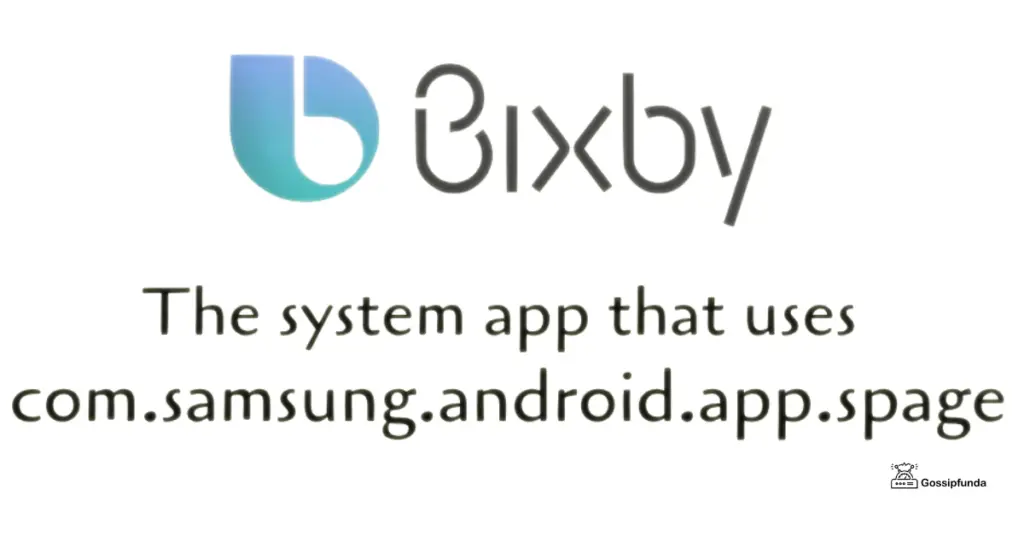PUSH any compressed/zipped file to your Android gadget from a PC and install the equivalent on to your gadget by ADB Sideload. What is ADB sideload filename, how to use ADB sideload, Android Debug Bridge, How ADB function? In this article, we have tried to cover all the aspects of it: a technique to Download, Fastboot – Latest Features, Functions, etc.
What is ADB Sideload?

‘Sideload’ is a tech term like the importance of “upload/download”. Be that as it may, it regularly alludes to the procedure of information move between a cell phone and a PC. As it’s referenced below, ADB is a program and you would need to ‘sideload’ it from your PC onto Android mobile-phone to complete the update procedure. Sideloading has high ground contrasted with different methods for this sort.
It is considered as another new element that was added to the stock Android recovery (AOSP Recovery) in Android Jelly Bean. ADB sideload is an alternate variation of the ADB mode which you can use to push and introduce a compressed/zipped file on your Android gadget, utilizing just one command from your PC. You would even observe this alternative in your stock Android recovery when you attempt to update your gadget with the most recent OTA Zip document. While this specific ADB Sideload alternative isn’t exceptionally helpful for ordinary clients, it’s a gift for the propelled clients and ROM Developers.
Basically, with the ADB Sideload choice, you can just PUSH any compressed/zipped file to your Android gadget from a PC and install the equivalent on to your gadget. Sideloading is an incredible component of proximity marketing.
Read all:
What is ADB sideload filename
ADB sideload filename is nothing but the the command adb sideload <filename.Zip>, executing this you can do side-loading.
Android Debug Bridge (ADB)
Android Debug Bridge (ADB) is an adaptable command-line (CLI) based tool that lets you get in touch with a gadget/device like a mobile phone via USB. The ADB command enables plenty of device operations, for example, debugging, installing new apks for different applications, and it also gives access to a Unix shell through which plenty of commands can be run on any device. It is a client-server program that comprises of 3 parts:
- Client, which throws commands AND runs as a background protocol on the machine. You can evoke a client from a CLI by giving an ADB command.
- Daemon (abd), which runs commands on the connected device/gadget. the daemon runs as a background technique on every connected device/gadget.
- A server, that acts as a bridge between the client and the daemon and is a background procedure that runs on your machine.
In the Android SDK Platform-Tools package, the ADB is already installed. This package can be downloaded with the SDK Manager, which installs it at android_sdk/stage instruments/.
For data on associating a gadget for use over ADB, including how to utilize the Connection Assistant to investigate normal issues, see Run applications on an equipment gadget.
How ADB functions
At the point when you start an ADB client, it first ensures whether there is an ADB server process formerly working. If not, the server process is then initialized. At the point when the server initialized, it binds to convenient TCP port 5037 and collaborates for directions carried from ADB client—all ADB clients usually utilize port 5037 to make a communication with the adb server.
The server at that point sets up associations with every single running gadget. It searches emulators by probing odd-numbered ports in between 5555 to 5585, the range filled by the initial 16 emulators. When the server finds an ADB daemon (adbd), it makes relations with that port. Note that every emulator makes use of multiple consecutive ports — an even-numbered port for consolation associations and an odd-numbered port for adb associations. For instance:
Emulator1, comfort: 5554
Emulator1, adb: 5555
Emulator2, comfort: 5556
Emulator2, adb: 5557
etc…
thus, the emulator native to ADB on port 5555 is identical to the emulator whose base tunes in on port 5554.
When the server has set up associations with all devices, you can utilize ADB commands to link to those gadgets. Since the server oversees associations with devices and handles commands from numerous adb clients, you can control any device from any client(or from a content).
Don’t Miss: io.netty.channel.abstractchannel$annotatedconnectexception
How to Use ADB Sideload to Update Your Android?
Requirements:
- Ensure that your Android gadget is charged over 60%.
- Ensure that you’ve authorized USB debugging.
- 3. Install the required device drivers and check whether your gadget can be identified or not.
- Download required update.zip record from genuine sites like Samsung Updates, Firmwarefile or others onto your PC.
- Download Android SDK Platform-Tools packages; available for all OS.
- Mac-Platform-Tools Package
- Linux-Platform-Tools Package
- Windows-Platform-Tools Package
How to Apply Update from ADB in Stock Recovery step by step:
Stage 1. You ought to download the Platform-Tools package onto your PC and unzip the zip.file.
Some important files that are required and are a must:
- abd.exe
- fastboot.exe
- AdbWinApi.dll
- AdbWinUsbApi.dll
- ADB Files
Stage 2. Attach your Android to a PC utilizing a USB cable, authorize USB debugging on the Android device and ensure your mobile phone is being identified by the PC.
Stage 3. Shift + right-click the mouse inside the unzipped directory to open CMD.
Stage 4. Write the command “adb devices” to check out whether ADB is appropriately installed and is working fine with your PC.
Stage 5. Move the update.zip pre-downloaded to the Platform-tools directory.
Stage 6. Boot your Android into Recovery Mode. The methods for enabling Recovery Mode differ for every phone, research properly the guide – and get your Android into Recovery Mode.
Stage 7. Engage Update from the “ADB” option.
Stage 8. On the PC, type “adb sideload filename of update.zip” in the command prompt window and afterward, the .zip file will be sent over to the Android device.
Stage 9. Android will open the update.zip.
At that point, the .zip file will be sideloaded and written on the Android device. Though time taking; once it finishes, a message will be seen “Introduce from ADB complete” on the screen.
See also: Razer blade laptop Pro 17
How to ADB Sideload utilizing TWRP Recovery?

- Download the essential OTA Zip document to your PC.
- On your PC, go to the folder where ADB and Fastboot are installed.
- Open an order window from inside this organizer. {Shift Key + Right Click in the directory > Select ‘Open direction window here’ or ‘Open PowerShell window here’}.
- Reboot your gadget into TWRP Recovery.
- When you are in TWRP Recovery, go to Advanced > ADB Sideload.
- Associate your gadget to your PC through USB Cable.
- On your PC, in the direction window/PowerShell window, run the underneath order:
“adb sideload <filename.Zip>”
- When you have executed the above direction, you will see an improvement bar on your Command Window or PowerShell Window.
- Once the sideload finishes, essentially reboot your gadget.
Another technique to Download Sideload on Windows/Mac/Linux:
- There is an elective strategy also which you can utilize:
- To begin with, you have to download the ADB and Fastboot along with the other required tools( can be found on google easily).
- To create a directory and make execution easy; draw out contents into C:\ partition.
- Click Win + R after the run shows up, type sysdm.cpl and click ok
- System Properties will open. Choose the advanced tab option.
- Click on Environment Variables.
- You will discover an option that will say ‘path’ under the Systems tab. Click on it and alter/edit it.
- When the window appears, type; C:\Android and next click on OK.
- Close every window to finish the entire procedure.
ADB Sideload and Fastboot – Latest Features:
- It is quite little in size occupying very little space. In this manner, it won’t affect the space in your work area and can be overseen
- The installation procedure was tiresome and extensive. But presently it is exceptionally basic and should be possible effectively. Simply need to spend just a couple of moments and the installation is done.
- You don’t need to download some other files/documents other than the ones required for ADB sideload and the fastboot
- You won’t require 1 GB of Android SDK to download ADB sideload and the fast boot.
Conclusion
It is exceptionally simple to download ADB SideLoad and FastBoot. Utilization should be done cautiously. There are numerous different techniques for downloading them. Select the technique that is most appropriate for the platform you are utilizing. Recall consistently to be sure about the highlights accessible.
There are a ton of refreshed renditions of fastboot and ADB sideload. Not exclusively will it help you to debug, however, it will likewise help in a wide range of development purposes in Android.
Hope you have got all the required thing and data here. Sharing is Caring
I am Pratyusha G, pursuing B.Tech, Computer Science from ITM University, Gwalior.
I am currently in my last year of graduation.
When it comes about technical skills, I would say I am a tech geek.
I love reading about new topics everyday and surfing the internet in my past time is my favourite thing to do.
My hobby is sketching and I usually make human portraits.
I have a good knowledge and skillset in programming; I am comfortable with languages C, C++ and Java.
Apart from coding I have done specialisation in Cyber Forensics.
Talking about my proficiency in English, I think I am fluent enough to stand out in a crowd. I love jotting down things I read. I have a successful research paper published in IEEE.
Talking about my positivities I would say, I am very patient and calm even when it comes to working under pressure.



